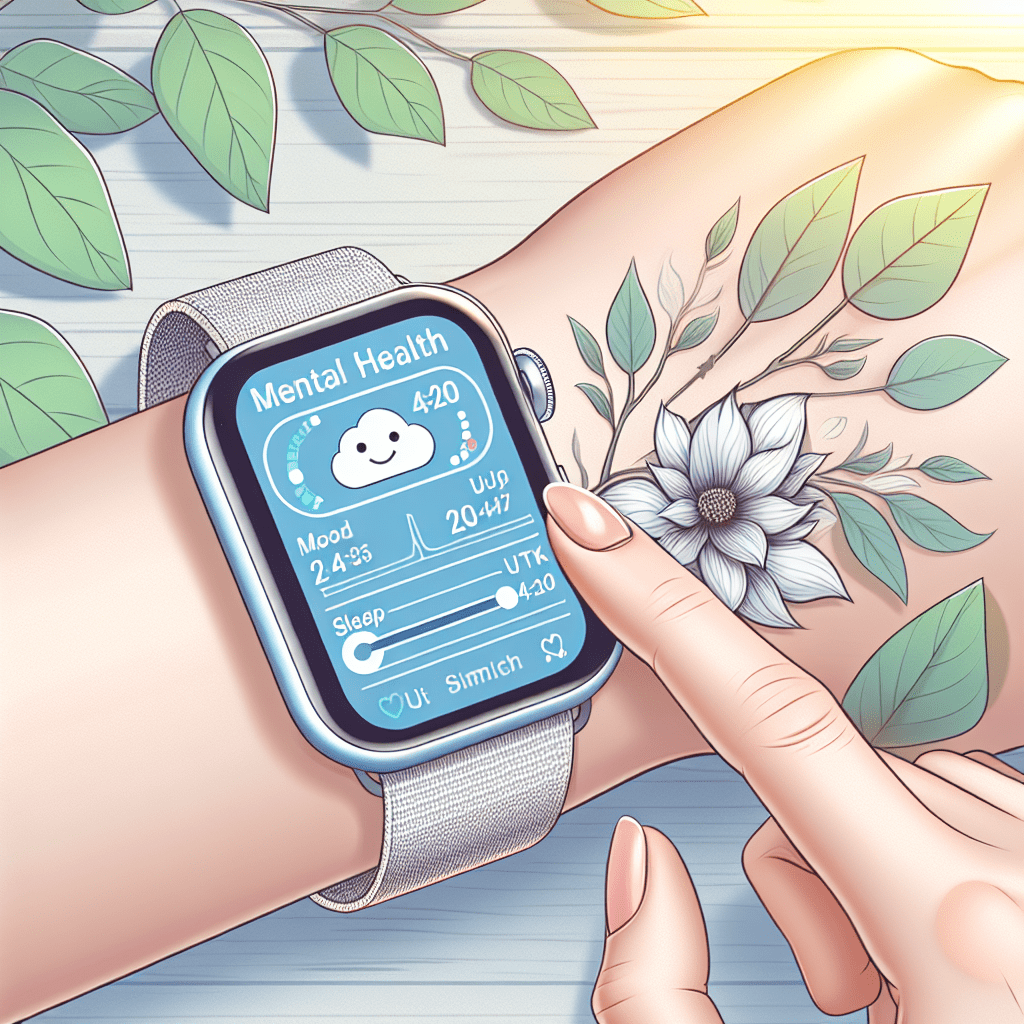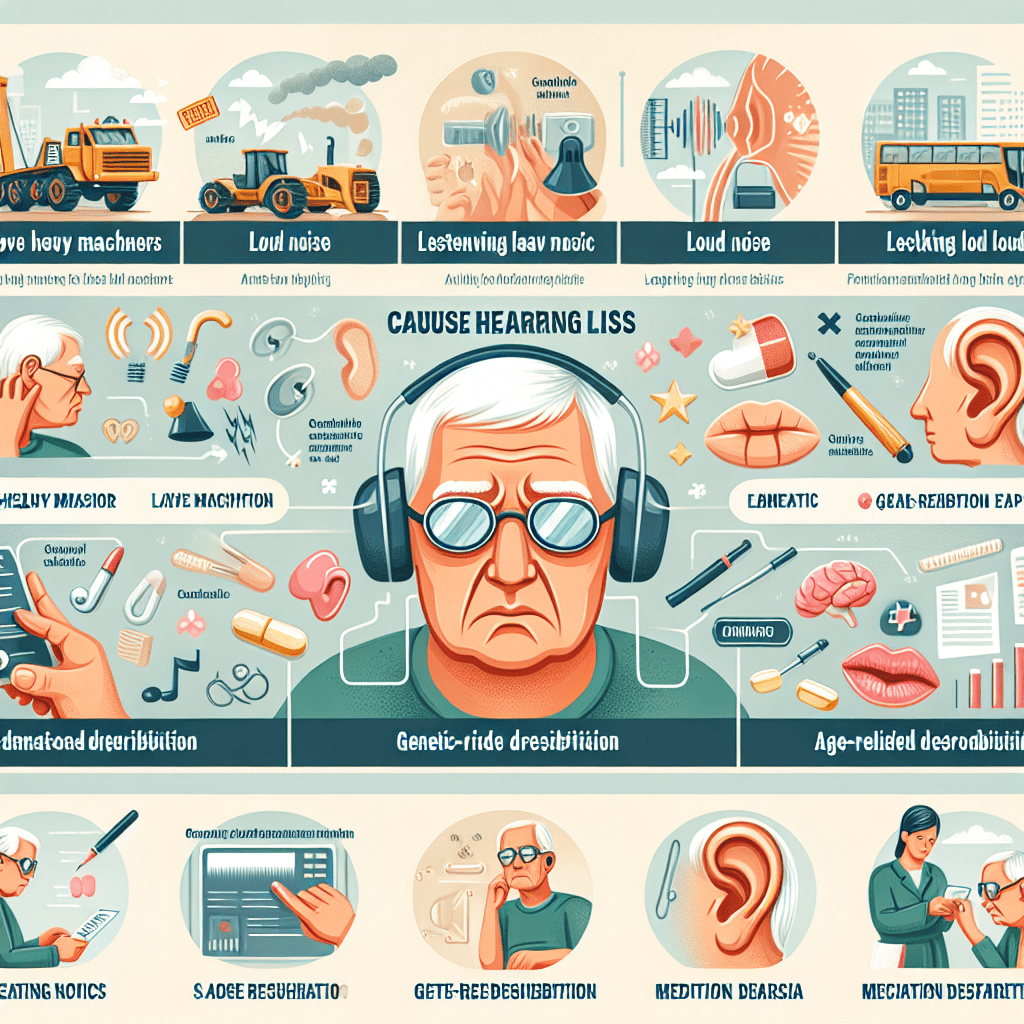Break the silence, end elder abuse.
Introduction
Elder Abuse and Neglect
Elder abuse and neglect refer to the mistreatment or harm inflicted upon older adults, typically aged 60 and above. It encompasses various forms of physical, emotional, sexual, or financial abuse, as well as neglect or abandonment. Elder abuse is a grave violation of human rights and a significant public health concern worldwide. It can occur within families, care institutions, or even in community settings. Identifying and addressing elder abuse is crucial to safeguarding the well-being and dignity of older individuals.
Promoting Awareness and Advocacy for Elder Abuse and Neglect
Elder Abuse and Neglect: Promoting Awareness and Advocacy for Our Seniors
As our population ages, the issue of elder abuse and neglect has become a growing concern. It is a distressing reality that many older adults face, often in silence and isolation. To address this pressing issue, it is crucial to promote awareness and advocacy for elder abuse and neglect, ensuring the safety and well-being of our seniors.
First and foremost, it is essential to understand what constitutes elder abuse and neglect. Elder abuse refers to any intentional act or failure to act that causes harm or distress to an older person. This can take various forms, including physical, emotional, sexual, or financial abuse, as well as neglect or abandonment. It is a violation of human rights and a grave injustice that must not be tolerated.
One of the most effective ways to combat elder abuse and neglect is through education and awareness campaigns. By raising public consciousness about this issue, we can empower individuals to recognize the signs of abuse and neglect and take appropriate action. It is crucial to educate not only the general public but also healthcare professionals, caregivers, and law enforcement personnel to ensure a comprehensive response to this problem.
Furthermore, promoting advocacy for elder abuse and neglect involves creating a supportive environment for victims to come forward and seek help. Many older adults who experience abuse or neglect may feel ashamed, afraid, or dependent on their abusers. By fostering a culture of empathy and understanding, we can encourage victims to break their silence and access the assistance they need.
In addition to awareness and advocacy, it is vital to establish robust legal frameworks and policies to protect older adults from abuse and neglect. Governments and organizations must work together to develop and enforce legislation that criminalizes elder abuse and neglect, ensuring that perpetrators are held accountable for their actions. Moreover, these laws should provide adequate protection for victims and offer accessible avenues for reporting and seeking justice.
Another crucial aspect of promoting awareness and advocacy for elder abuse and neglect is the provision of support services for victims. This includes establishing helplines, counseling services, and safe shelters specifically tailored to the needs of older adults. By offering these resources, we can provide a lifeline for victims, offering them a way out of abusive situations and helping them rebuild their lives.
Furthermore, it is essential to involve older adults themselves in the fight against elder abuse and neglect. By empowering seniors to become advocates for their own rights and well-being, we can create a powerful force for change. Older adults can share their experiences, raise awareness within their communities, and contribute to the development of policies and programs that address the unique challenges they face.
In conclusion, promoting awareness and advocacy for elder abuse and neglect is crucial to protect the rights and well-being of our seniors. By educating the public, fostering a supportive environment, establishing robust legal frameworks, providing support services, and involving older adults themselves, we can work towards eradicating this grave issue. Let us stand together to ensure that our seniors can age with dignity, respect, and safety.
Legal Rights and Protections for Elderly Individuals
Elder Abuse and Neglect: Legal Rights and Protections for Elderly Individuals
As our population ages, the issue of elder abuse and neglect has become a growing concern. Elderly individuals, who are often vulnerable and dependent on others for their care, can be subjected to various forms of mistreatment, including physical, emotional, and financial abuse, as well as neglect. Recognizing the seriousness of this problem, legal rights and protections have been put in place to safeguard the well-being of elderly individuals.
One of the fundamental legal rights for elderly individuals is the right to be free from abuse and neglect. This right is protected by both federal and state laws, which define and prohibit various forms of mistreatment. Physical abuse, for example, involves the use of force that results in bodily harm, pain, or impairment. Emotional abuse, on the other hand, refers to the infliction of mental anguish, humiliation, or distress through verbal or non-verbal acts. Financial abuse involves the unauthorized use of an elderly person’s funds or assets for personal gain. Neglect, perhaps one of the most common forms of mistreatment, occurs when a caregiver fails to provide the necessary care, resulting in harm or endangerment to the elderly individual.
To ensure the enforcement of these legal rights, various protections have been established. One such protection is the Adult Protective Services (APS) program, which exists in every state and is responsible for investigating reports of abuse and neglect. When a report is made, APS conducts an assessment to determine the validity of the allegations and takes appropriate action to protect the elderly individual. This may involve providing emergency services, arranging for alternative living arrangements, or initiating legal proceedings to remove the abuser from the home.
In addition to APS, there are also legal remedies available to elderly individuals who have been subjected to abuse or neglect. Civil actions can be pursued against the abuser, seeking compensation for the harm suffered. These actions can be brought in both state and federal courts, depending on the circumstances. Criminal charges may also be filed against the abuser, leading to potential imprisonment or fines.
To further protect the rights of elderly individuals, laws have been enacted to prevent and detect abuse and neglect. Mandatory reporting laws, for instance, require certain professionals, such as healthcare providers and social workers, to report suspected cases of abuse or neglect. Failure to report can result in legal consequences. Additionally, background checks are often required for individuals working in positions that involve direct contact with elderly individuals, such as caregivers or nursing home staff. These checks help to identify individuals with a history of abuse or neglect and prevent them from working in such roles.
While legal rights and protections are crucial in addressing elder abuse and neglect, prevention is equally important. Education and awareness campaigns play a vital role in informing the public about the signs of abuse and neglect, as well as the resources available to address these issues. By promoting a culture of respect and care for elderly individuals, we can work towards preventing mistreatment and ensuring the well-being of our aging population.
In conclusion, elder abuse and neglect are serious problems that require attention and action. Legal rights and protections have been established to safeguard the well-being of elderly individuals, including the right to be free from abuse and neglect. Through programs like APS, legal remedies, and preventative measures, we can work towards creating a society that values and protects its elderly population. By doing so, we can ensure that our elderly loved ones are treated with the dignity and respect they deserve.
The Impact of Elder Abuse and Neglect on Mental Health
Elder Abuse and Neglect: The Impact on Mental Health
Elder abuse and neglect are serious issues that affect the well-being of older adults. While the physical consequences of such mistreatment are often apparent, the impact on mental health is equally significant. The emotional toll of elder abuse and neglect can be devastating, leading to a decline in mental well-being and overall quality of life.
One of the most common mental health consequences of elder abuse and neglect is depression. Older adults who experience mistreatment often feel a sense of helplessness, worthlessness, and despair. They may withdraw from social activities, lose interest in hobbies, and struggle with feelings of sadness and hopelessness. Depression can have a profound impact on an individual’s ability to function and enjoy life, further exacerbating the negative effects of abuse and neglect.
Anxiety is another mental health issue that frequently arises in victims of elder abuse and neglect. The constant fear of further mistreatment can lead to heightened levels of anxiety and worry. Older adults may become hyper-vigilant, constantly on edge, and experience panic attacks. The stress and anxiety associated with abuse and neglect can significantly impact an individual’s ability to trust others and feel safe in their environment.
Post-traumatic stress disorder (PTSD) is also a common consequence of elder abuse and neglect. Older adults who have experienced traumatic events, such as physical or emotional abuse, may develop symptoms of PTSD. Flashbacks, nightmares, and intrusive thoughts can haunt their daily lives, making it difficult to function and maintain healthy relationships. The long-lasting effects of PTSD can further isolate victims and hinder their ability to seek help and support.
In addition to depression, anxiety, and PTSD, elder abuse and neglect can also contribute to the development or worsening of other mental health conditions. Older adults may experience increased levels of stress, which can exacerbate existing conditions such as dementia or cognitive decline. The constant strain of mistreatment can also lead to feelings of anger, resentment, and a loss of self-esteem.
The impact of elder abuse and neglect on mental health extends beyond the individual victims. Family members and caregivers who witness or suspect mistreatment may also experience emotional distress. The guilt, anger, and helplessness they feel can take a toll on their own mental well-being. It is crucial to recognize that the effects of elder abuse and neglect are not limited to the victims alone but can ripple through the entire support network.
Addressing the mental health consequences of elder abuse and neglect requires a multi-faceted approach. First and foremost, it is essential to raise awareness about the issue and educate the public on the signs and symptoms of mistreatment. By increasing awareness, we can encourage individuals to report suspected abuse and neglect, ensuring that victims receive the support and protection they need.
Furthermore, providing accessible mental health services for older adults who have experienced abuse or neglect is crucial. Counseling and therapy can help victims process their trauma, develop coping mechanisms, and rebuild their sense of self-worth. Support groups can also provide a safe space for individuals to share their experiences and connect with others who have gone through similar situations.
Prevention is key in addressing the mental health impact of elder abuse and neglect. By promoting healthy aging, fostering social connections, and providing resources for caregivers, we can create an environment that reduces the risk of mistreatment. Empowering older adults to advocate for their rights and providing them with the tools to recognize and report abuse can also play a significant role in preventing further harm.
In conclusion, elder abuse and neglect have a profound impact on the mental health of older adults. Depression, anxiety, PTSD, and other mental health conditions can arise as a result of mistreatment. It is crucial to raise awareness, provide accessible mental health services, and focus on prevention to address the mental health consequences of elder abuse and neglect. By doing so, we can work towards creating a society that values and protects the well-being of our older population.
Preventing Elder Abuse and Neglect: Tips for Caregivers and Family Members
Elder Abuse and Neglect: Preventing Elder Abuse and Neglect: Tips for Caregivers and Family Members
As our loved ones age, it becomes increasingly important to ensure their safety and well-being. Unfortunately, elder abuse and neglect are serious issues that can affect older adults in various settings, including their own homes and care facilities. As caregivers and family members, it is our responsibility to take proactive steps to prevent elder abuse and neglect. In this article, we will discuss some essential tips to help you protect your elderly loved ones.
First and foremost, communication is key. Regularly check in with your loved one and maintain an open line of communication. By doing so, you can establish trust and create an environment where they feel comfortable sharing any concerns or issues they may have. Additionally, it is crucial to listen actively and attentively to their needs and preferences. By understanding their desires, you can better advocate for their well-being and ensure their wishes are respected.
Another important aspect of preventing elder abuse and neglect is being involved in their care. Stay informed about their medical conditions, medications, and any changes in their health. Attend doctor’s appointments with them, if possible, and ask questions to ensure you have a clear understanding of their care plan. By actively participating in their healthcare, you can identify any potential red flags or signs of neglect.
Furthermore, it is essential to be aware of the warning signs of elder abuse and neglect. These signs can include unexplained injuries, sudden changes in behavior, withdrawal from social activities, and unexplained financial transactions. If you notice any of these signs or have concerns about your loved one’s well-being, do not hesitate to take action. Report your concerns to the appropriate authorities, such as Adult Protective Services or law enforcement, who can investigate and intervene if necessary.
In addition to being vigilant, it is crucial to create a safe environment for your loved one. This includes ensuring their physical safety by removing any hazards in their living space, such as loose rugs or cluttered walkways. Installing grab bars in the bathroom and adequate lighting throughout the house can also help prevent falls and accidents. Additionally, consider implementing security measures, such as a home security system or a medical alert device, to provide an extra layer of protection.
Moreover, it is important to be mindful of the caregivers you choose for your loved one. Whether they are family members or hired professionals, caregivers should be thoroughly screened and trained. Conduct background checks, verify references, and ensure they have the necessary qualifications and experience to provide quality care. Regularly monitor the caregiver’s interactions with your loved one and address any concerns promptly.
Lastly, self-care is crucial for caregivers and family members. Caring for an elderly loved one can be physically and emotionally demanding, and neglecting your own well-being can lead to burnout and increased stress. Take time for yourself, seek support from other family members or support groups, and consider respite care options to give yourself a break when needed. By prioritizing your own well-being, you can better care for your loved one and reduce the risk of elder abuse and neglect.
In conclusion, preventing elder abuse and neglect requires proactive measures from caregivers and family members. By maintaining open communication, being involved in their care, recognizing warning signs, creating a safe environment, choosing caregivers wisely, and practicing self-care, we can protect our elderly loved ones and ensure their well-being. Let us all work together to create a society where our seniors are respected, valued, and safe.
Understanding the Different Types of Elder Abuse
Elder Abuse and Neglect
Understanding the Different Types of Elder Abuse
As our population ages, the issue of elder abuse and neglect has become a growing concern. It is a sad reality that many older adults, who should be enjoying their golden years, are instead subjected to mistreatment and harm. To address this issue effectively, it is crucial to understand the different types of elder abuse and neglect that exist.
One of the most common forms of elder abuse is physical abuse. This involves the use of force that results in physical pain, injury, or impairment. It can include hitting, pushing, slapping, or even the inappropriate use of restraints. Physical abuse often leaves visible signs such as bruises, broken bones, or unexplained injuries. However, it is important to note that not all physical abuse leaves visible marks, making it even more challenging to detect.
Another type of elder abuse is emotional or psychological abuse. This form of mistreatment involves the infliction of mental anguish, fear, or distress through verbal or non-verbal acts. Examples of emotional abuse include yelling, insulting, humiliating, or isolating the elderly person from their loved ones. The effects of emotional abuse can be long-lasting and devastating, leading to depression, anxiety, or a decline in overall mental health.
Financial abuse is yet another prevalent form of elder mistreatment. This occurs when someone misuses or exploits an older adult’s financial resources for personal gain. It can involve stealing money or possessions, forging signatures, coercing the elderly person into changing their will, or scamming them out of their savings. Financial abuse not only leaves the victim financially devastated but also undermines their sense of security and trust.
Neglect is a form of elder abuse that occurs when a caregiver fails to provide the necessary care and support to meet the older adult’s basic needs. This can include neglecting their physical, emotional, or medical needs. Neglect can manifest in various ways, such as failing to provide adequate food, shelter, or clothing, ignoring medical conditions, or isolating the elderly person from social interactions. Neglect can have severe consequences, leading to malnutrition, dehydration, untreated medical conditions, or even death.
Lastly, there is the issue of sexual abuse among older adults. Although it is often overlooked or dismissed, sexual abuse can and does occur in this vulnerable population. It involves any non-consensual sexual contact or activity imposed on an older adult. Perpetrators can be caregivers, family members, or even other residents in care facilities. Sexual abuse can cause immense physical and emotional trauma, leading to feelings of shame, guilt, and a loss of dignity.
It is important to recognize that these different types of elder abuse often coexist and can overlap. An older adult may experience multiple forms of mistreatment simultaneously, making it even more challenging to identify and address the issue. Furthermore, elder abuse can occur in various settings, including private homes, nursing homes, assisted living facilities, or even hospitals.
To combat elder abuse effectively, it is crucial to raise awareness, educate the public, and provide support to victims. By understanding the different types of elder abuse and neglect, we can better identify warning signs and take appropriate action. It is our collective responsibility to protect and advocate for the well-being of our older adults, ensuring that they can age with dignity, respect, and safety.
Recognizing the Signs of Elder Abuse and Neglect
Elder Abuse and Neglect
Elder abuse and neglect are serious issues that affect a significant number of older adults around the world. It is a problem that often goes unnoticed and unreported, leaving many vulnerable individuals suffering in silence. Recognizing the signs of elder abuse and neglect is crucial in order to protect and support those who may be experiencing these harmful situations.
One of the most common forms of elder abuse is physical abuse. This can include hitting, pushing, or restraining an older adult against their will. Signs of physical abuse may include unexplained bruises, broken bones, or frequent injuries. It is important to note that these signs may not always be visible, as abusers may target areas of the body that are easily covered by clothing.
Another form of elder abuse is emotional or psychological abuse. This can involve yelling, insulting, or threatening an older adult, causing them emotional distress. Signs of emotional abuse may include sudden changes in behavior, withdrawal from social activities, or a noticeable decrease in self-esteem. It is important to pay attention to any significant changes in an older adult’s mood or demeanor, as these may be indicators of emotional abuse.
Financial abuse is also a common form of elder abuse. This can include stealing money or possessions, coercing an older adult into giving away their assets, or fraudulently obtaining their financial information. Signs of financial abuse may include unexplained withdrawals from bank accounts, sudden changes in financial circumstances, or missing personal belongings. It is important to be vigilant when it comes to an older adult’s financial affairs and to report any suspicious activity.
Neglect is another form of elder abuse that can have serious consequences. Neglect occurs when a caregiver fails to provide the necessary care and support for an older adult’s physical or emotional well-being. Signs of neglect may include poor personal hygiene, untreated medical conditions, or a lack of necessary medication or nutrition. It is important to be aware of an older adult’s living conditions and to report any concerns about neglect.
In order to effectively recognize the signs of elder abuse and neglect, it is important to be observant and attentive to the needs of older adults. It is also crucial to establish open lines of communication with older adults, as they may be hesitant to disclose instances of abuse or neglect. Building trust and providing a safe space for older adults to share their concerns is essential in addressing and preventing elder abuse.
If you suspect that an older adult may be experiencing abuse or neglect, it is important to take action. Contacting local authorities or adult protective services can help ensure that the individual receives the necessary support and protection. It is also important to provide emotional support to the older adult, as they may be experiencing feelings of shame, guilt, or fear.
In conclusion, recognizing the signs of elder abuse and neglect is crucial in order to protect and support older adults who may be experiencing these harmful situations. By being observant, attentive, and proactive, we can work towards creating a society that values and respects the well-being of our older population. Together, we can make a difference in the lives of those who are most vulnerable.
Conclusion
In conclusion, elder abuse and neglect are serious issues that require immediate attention. They can have devastating physical, emotional, and psychological effects on older adults. It is crucial for society to raise awareness, implement preventive measures, and provide support systems to protect and advocate for the well-being of our elderly population.




